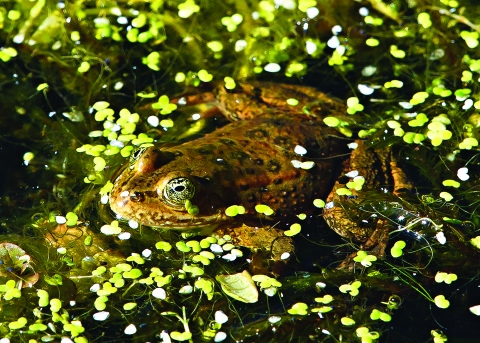The U.S. Fish and Wildlife Service has distributed over $1 billion to the 56 states, territories, commonwealths, and D.C. through the State Wildlife Grant Program to support conservation efforts for species of greatest conservation need. State agencies provide at least 25 percent of project costs in non-federal matching funds. Since 2008, a portion of the State Wildlife Grant Program funding has been used for competitive grants to encourage interstate collaboration, innovation, and species conservation at larger scales.
In 2000, recognizing the need for additional proactive conservation for our Nation’s fish and wildlife, Congress created the State Wildlife Grant Program. This program re-shaped how state and tribal fish and wildlife agencies manage the tens of thousands of species entrusted in their care, launching new partnerships between the U.S. Fish and Wildlife Service (Service) and the states, commonwealths, and territories, to undertake monumental conservation challenges.
During the initial years of the program, fish and wildlife agencies, and their private and public partners, embarked on an unprecedented effort to develop Wildlife Action Plans for every state, territory, commonwealth, and the District of Columbia. The first plans were completed in 2005. Collectively, they identified over 12,000 rare, declining, and imperiled fish and wildlife and the conservation actions needed for their recovery. Development of these plans was historic, providing the first nationwide blueprint for conserving fish and wildlife. Service staff were there every step of the way to support this daunting undertaking.
These plans go through major updates every 10 years.


